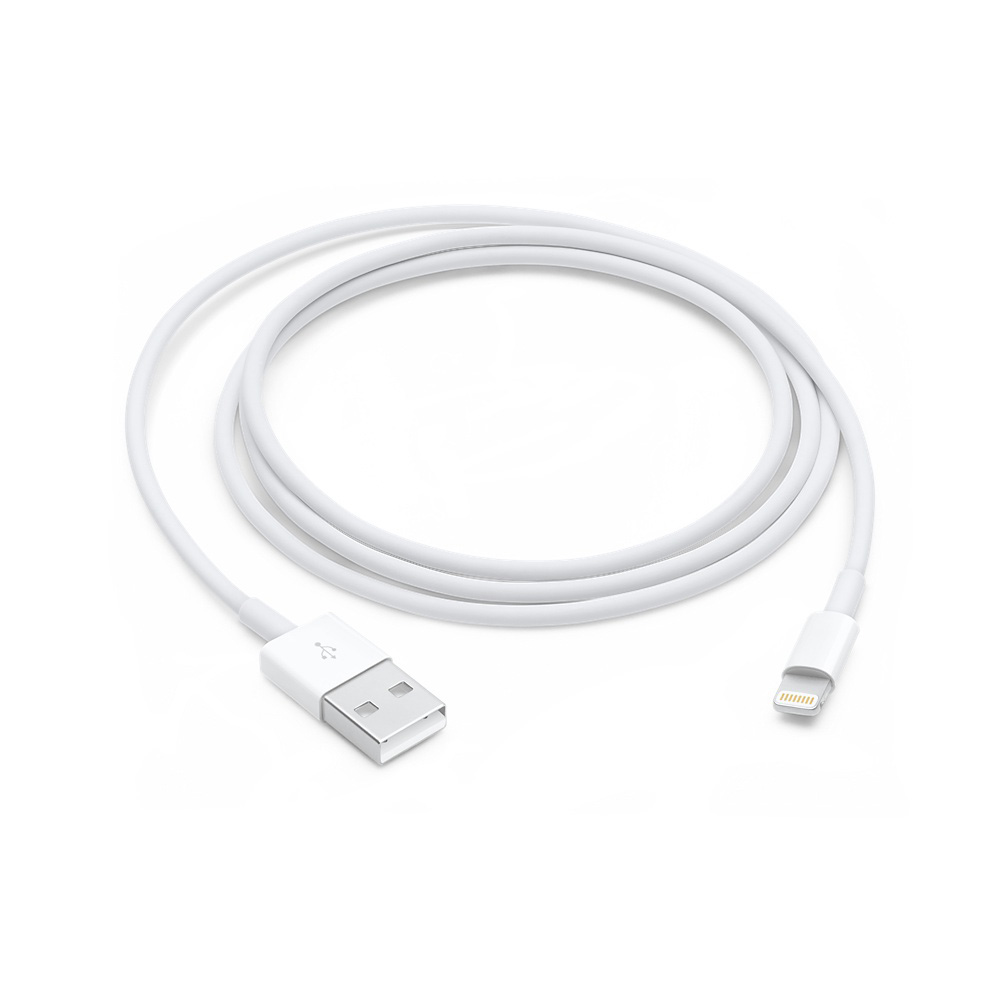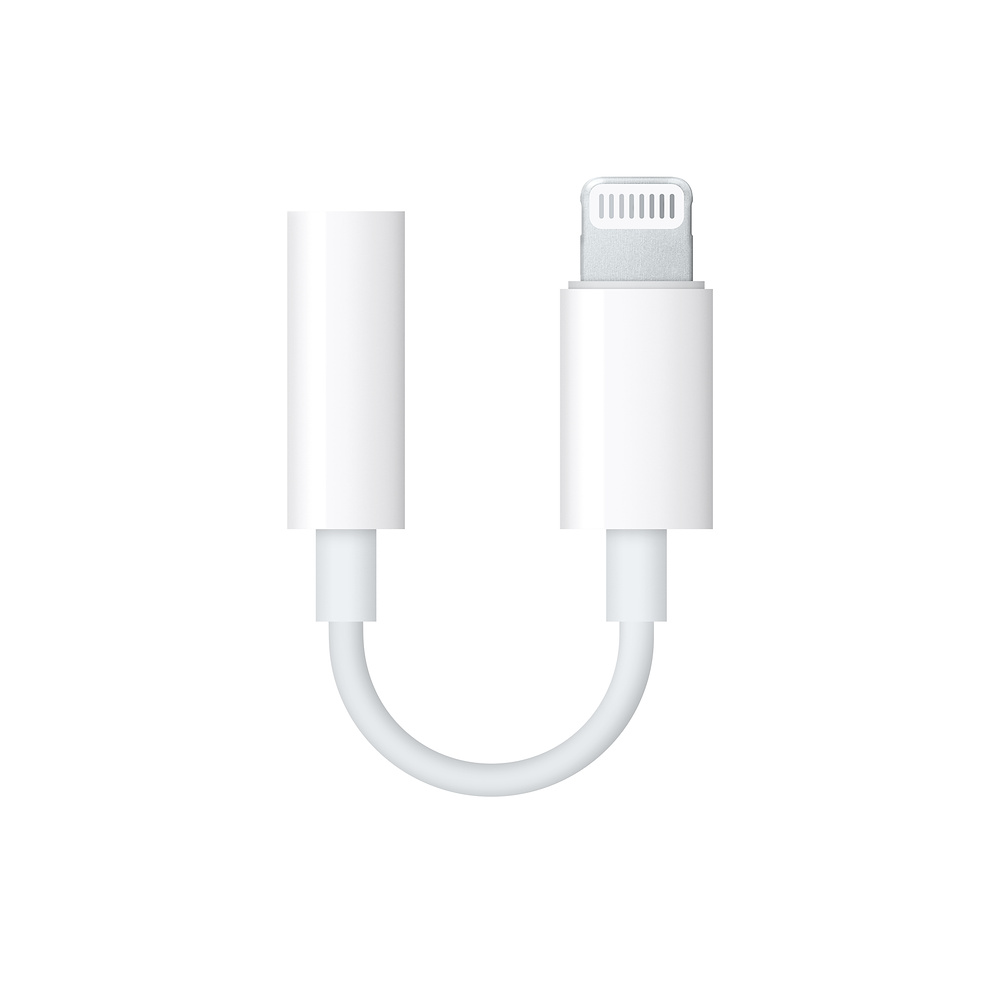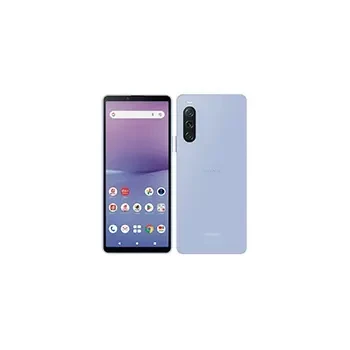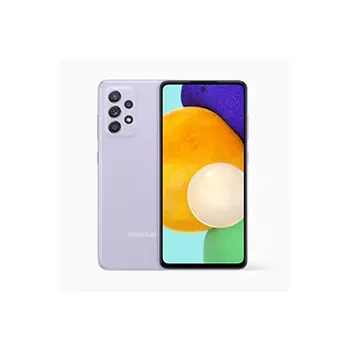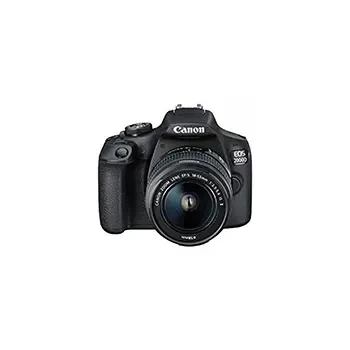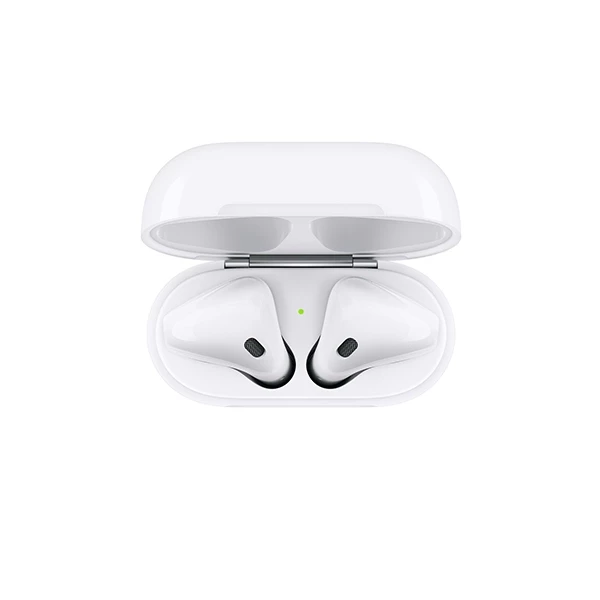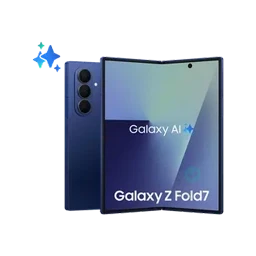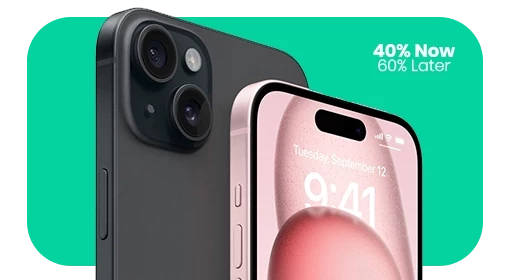







Google Pixel Tablet
Inhouse product
-
KSH1,999
-
KSH68,000
-
KSH40,000
KSH52,499
Reviews & Ratings
Google Pixel Tablet
The Pixel Tablet has a 10.95-inch 2560×1600 LCD screen with 500 nits of typical brightness and support for USI 2.0 styluses. It’s powered by Google’s Tensor G2 chipset and features the Titan M2 security coprocessor. You get 8GB of LPDDR5 RAM and 128 or 256GB of UFS 3.1 storage. The tablet features a pair of seemingly identical 8 MP fixed focus cameras, one on the front, and one on the back. There’s a fingerprint sensor embedded in the power button and a “27-watt-hour” battery which should last for “up to 12 hours of video streaming”. Naturally, the Pixel Tablet runs Android 13, and it will get five years of updates.
The General Body Build
Google Pixel tablet measures 258 x 169 x 8.1 mm and weighs 493 g. It is a massive and heavy tablet created for high performance. In comparison, OnePlus Air measures 258 x 189.4 x 6.5 mm and weighs 552g. Apple iPad Pro 12.9 2022 6th Gen measures 247.6 x 178.5 x 5.9 mm and weighs 682g. Samsung Galaxy Tab S8+ weighs 567g and measures 285 x 185 x 5.7 mm. The Pixel Tablet is made with over 30% recycled materials based on product weight, and the aluminum in the enclosure is 100% recycled content.
Thus, compared to its closest rivaling brands, Google’s tablet fits well within the range, with the only notable difference being the device’s thickness. Whereas other tablets emphasize slimness, Google Pixel Tablet looks pretty thick for a modern-day tablet at 8.1mm, compared with Samsung’s Galaxy Tab S8+, which measures 5.7mm.
The tablet’s body is made of a Glass front, aluminum frame, and back. This could probably justify the tablet’s weight, which is the least compared to the listed brands above. It does not support a network and has no slot for SIM cards. The tablet connectivity is purely through the internet (WIFI) and Bluetooth.
The device has a Fingerprint Unlock feature for security access, with a power button as the fingerprint sensor. Equally, to authenticate identification for access to the tablet, you can set a pattern, PIN or password. Google Pixel tablet comes in 3 unique premium colors that make it stand out: Porcelain, Hazel, and Rose. It is essential to note that the device supports a Stylus pen. You can buy one separately and enjoy the massive benefits of working with it. If you are tech-savvy and love devices such as tablets and stylus pens, you stand to benefit from;
- Use the stylus pen to increase the accuracy of your typing and swiping on the Google tablet
- You can precisely highlight and select specific text or make selections in forms or drop-down menus.
- It is more convenient and efficient than the finger, with their thin, tipped points making them more precise than fingers.
- Fingers carry much dirt and easily smudge the screen
- With the stylus pen, it leaves the screen clear, scratch and smudge-free
- The screen life of your tablet is increased when you use the stylus pen, considering the tip is made of rubber material which does not scratch the screen
- The stylus pen is better for taking notes when using the tablet instead of the finger.
- It is simple to use and convenient where technical aspects are involved, as displayed on the screen.
Decent Display Set-up
The display is the main talking point on the Google Pixel Tablet. Google decided to install an IPS LCD screen on their flagship tablet. Although functional, an AMOLED display would improve responsiveness, brightness, quality output, and a more optimal user experience. Considering the screen measures 10.95 inches, 347.7 cm2 (~79.7% screen-to-body ratio) and has 1600 x 2560 pixels, 16:10 ratio (~276 ppi density) resolution, an AMOLED display will have given a more cinematic, immersive experience as you delve deep into what the device offers.
Google has done well, with lots of room to improve. They can do better with the PPI, considering 276ppi is the average for such a premium tablet. To compensate for the less superior screen type and average PPI, Google installed 500 nits brightness (typical), Anti-smudge coating, and Full 24-bit depth for 16 million colors to enhance your user experience.
Basic Camera Set up
The tablet features a front-facing 8 MP, f/2.0, 24mm (wide), 1/4″, 1.12µm camera, able to take average photos and capture 8 MP, f/2.0, 24mm (wide), 1/4″, 1.12µm videos. At the rear end of the Pixel tablet, Google packed an 8 MP, f/2.0, 24mm (wide), 1/4″, 1.12µm, equally capable of recording 1080p videos. Based on the camera specifications on the tablet, the front and back cameras are functional but limited to average photo shots and 1080p video recordings. They can come in handy when you need to scan or quickly snap a photo or document to share online or even chat with colleagues at work or family who need to catch up with you as you work away from home.
Power for Performance
Operating System
It runs on Android 13 OS. The newly updated OS comes along with a lot of new features which enhance productivity and user experience, especially for the large tablet that is created to deliver when it comes to uncompromised, consistent and reliable performance. Android 13 builds on the tablet optimizations introduced in Android 12 and the 12L feature drop—including optimizations for the system UI, better multitasking, and improved compatibility modes.
You can auto-theme your icons just like the rest of the operating system on Android 13, as it was for Android 12. The OS update also extends the available color-theming options by offering six new palettes relating to specific shades or complementary hues. As one of the Android 13-powered Pixel devices, you can auto-theme-specific applications. Turning on the auto-theming icon setting will enable you to match all your supported apps to your phone’s main colors.
Chipset and Processing Units
The tablet relies on Google Tensor G2 Chipset and Titan M2 security coprocessor to run its core functions and respond to commands. Installed on the device is an Octa-core (2×2.85 GHz Cortex-X1 & 2×2.35 GHz Cortex-A78 & 4×1.80 GHz Cortex-A55) CPU and Mali-G710 MP7 GPU
The power and speed of Google Tensor G2 are second to none, meeting a high-end tablet’s expectations in 2023. The Pixel Tablet is the first tablet with the Tensor G2 chip built in. It features Google AI, fast and smooth streaming, high-quality video calls, accurate voice typing, multitasking with split screen, and more.
Relighting and auto-framing for Google Meet video calls.
Tensor G2 lets the camera follow your movement around the room to keep you in the frame. And automatic lighting adjustments keep you brightly lit so you always look your best.
Super intelligent dictation.
Tensor G2 runs Google’s latest advanced speech recognition. Your Pixel understands how you speak and learns the names of your family and friends, favorite places, and more. And it gets even better over time.
Amazing Gaming Experience
Tensor G2’s GPU delivers smooth real-time rendering for stunning, fluid graphics. This helps enhance your user experience as you immerse yourself in your favorite game.
Fast performance.
Tensor G2 features Google AI, fast and smooth streaming, high-quality video calls, accurate voice typing, efficient multitasking and more.
Boosts Battery Life.
Every aspect of Tensor G2 was designed to improve your Pixel Tablet’s performance and efficiency for excellent battery life. Tensor G2 runs Google’s machine-learning models with less power and latency. And it makes the Pixel Tablet faster and more helpful than ever.
- RAM: 8 GB
- Internal Storage: 128GB
- Battery: 27 Wh
- Main camera: 8MP
- Front camera: 8MP
- Display: 10.95 inches, IPS LCD
- Processor: Google Tensor G2
- Connectivity: Bluetooth, WI-FI
- Colors: Porcelain, Hazel, Rose
- OS: Android 13
- NB: No Local Warranty
Frequently Bought Products
Product Queries (0)
Login or Registerto submit your questions to seller
Other Questions
No none asked to seller yet
-
KSH1,999
-
KSH68,000
-
KSH40,000
KSH52,499
